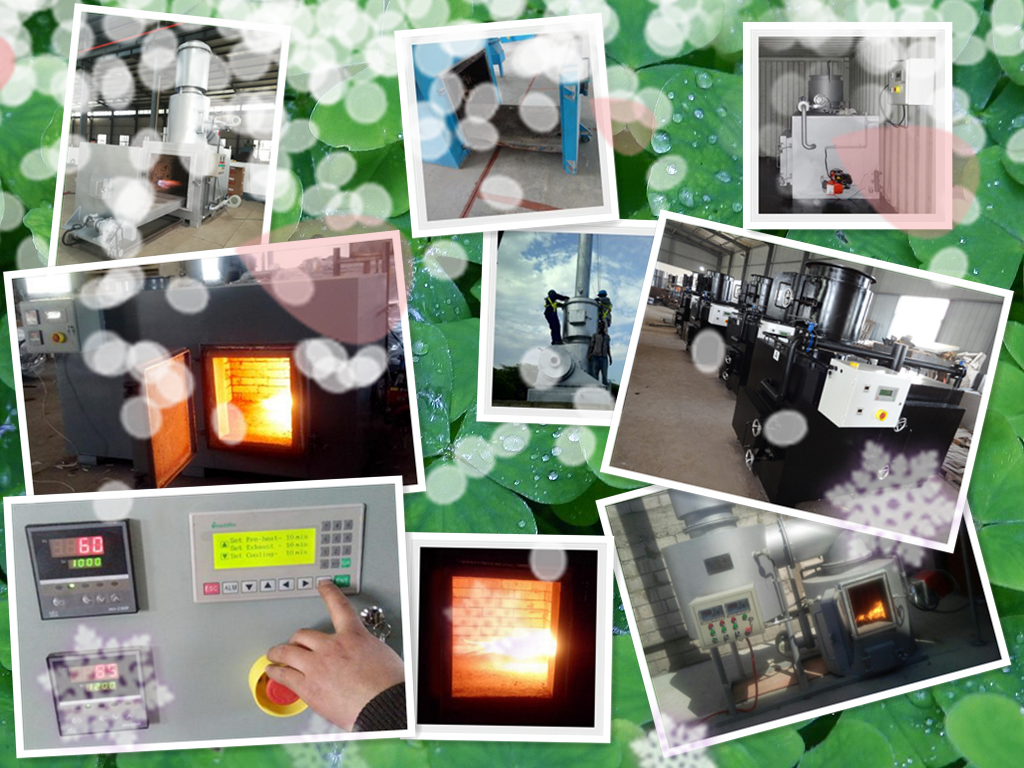As the world continues to grapple with the challenges of waste management and disposal, innovative solutions are being developed to tackle this growing problem. One such solution that is gaining attention is the use of plug-in incinerators for sustainable waste disposal.
Traditional methods of waste disposal, such as landfills and open burning, have significant negative impacts on the environment and public health. Landfills produce greenhouse gases and leachate, which can contaminate soil and water, while open burning releases harmful pollutants into the air. These practices contribute to air and water pollution, soil degradation, and the spread of diseases.
In contrast, plug-in incinerators offer a cleaner and more sustainable alternative for waste disposal. These compact, portable units are designed to efficiently burn waste at high temperatures, reducing it to ash and producing minimal emissions. This process helps to significantly reduce the volume of waste and eliminates the risk of pollution associated with traditional disposal methods.
One of the key benefits of plug-in incinerators is their versatility and mobility. These units can be easily transported and installed in various locations, making them ideal for use in remote or underserved areas where traditional waste management infrastructure is lacking. This flexibility allows communities to effectively manage their waste on-site, reducing the need for long-distance transportation and minimizing the environmental impact of waste disposal.
Furthermore, plug-in incinerators can be powered by sustainable energy sources, such as solar or biomass, further reducing their environmental footprint. This renewable energy integration not only makes the waste disposal process more sustainable but also contributes to the overall transition towards a greener, more eco-friendly approach to waste management.
In addition to their environmental benefits, plug-in incinerators also offer economic advantages. By reducing the volume of waste and eliminating the need for costly transportation and landfill fees, these units can help communities save money on waste management. This, in turn, can free up resources for other essential services and infrastructure development, ultimately contributing to the overall well-being and prosperity of the community.
However, it is important to note that the use of plug-in incinerators for waste disposal comes with its own set of considerations and challenges. Proper training and strict adherence to safety and environmental regulations are crucial to ensure the responsible and sustainable operation of these units. Additionally, stakeholders must also consider the potential for toxic emissions and the disposal of ash residue to minimize any negative impacts on the environment and human health.
Despite these challenges, plug-in incinerators offer an exciting and promising future for sustainable waste disposal. Their ability to efficiently and cleanly dispose of waste, coupled with their mobility and potential for renewable energy integration, makes them a valuable asset in the global effort to manage and reduce waste effectively. As technology continues to advance, plug-in incinerators have the potential to revolutionize waste management practices and pave the way for a cleaner, healthier, and more sustainable future.



